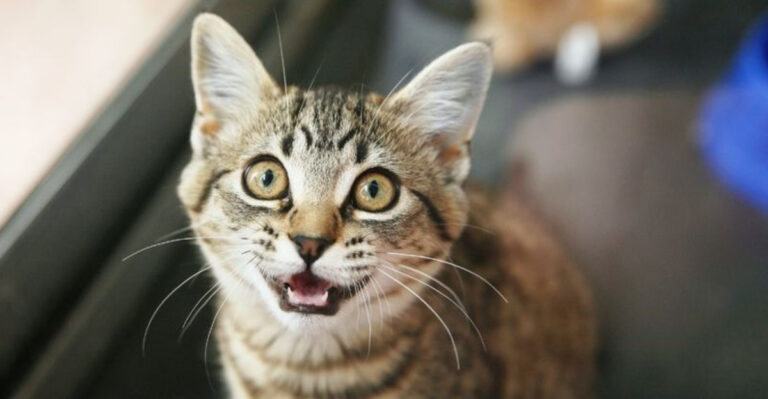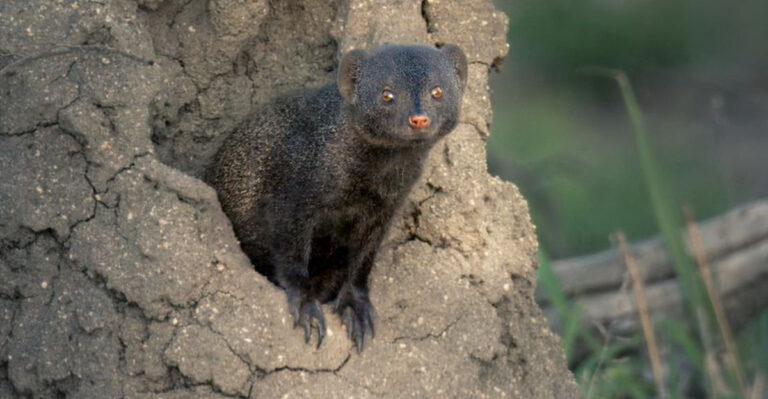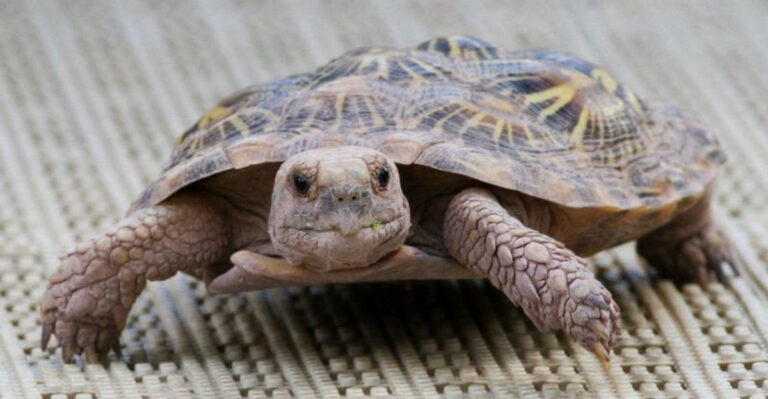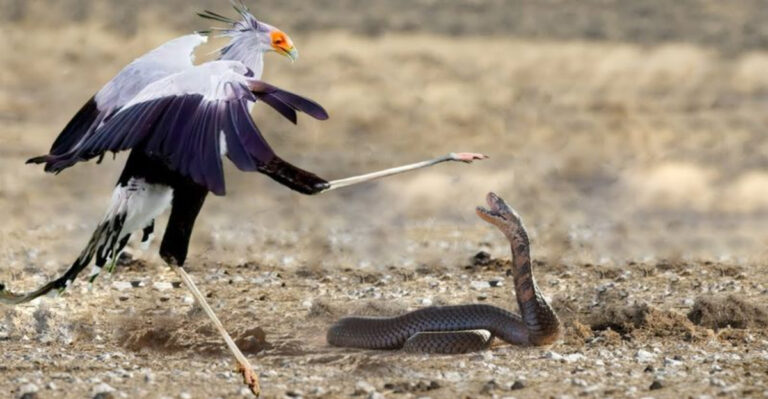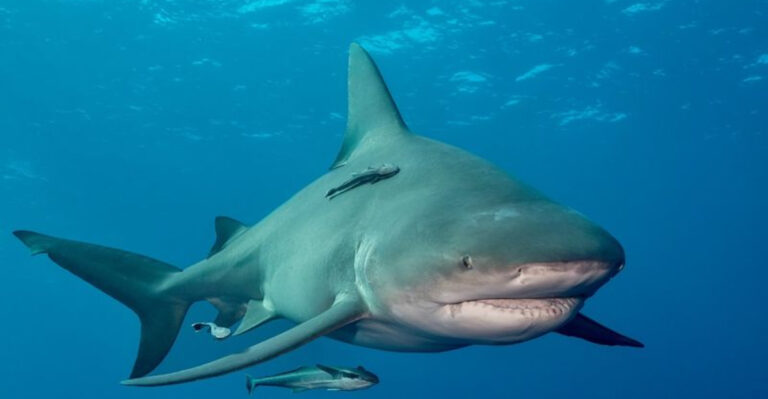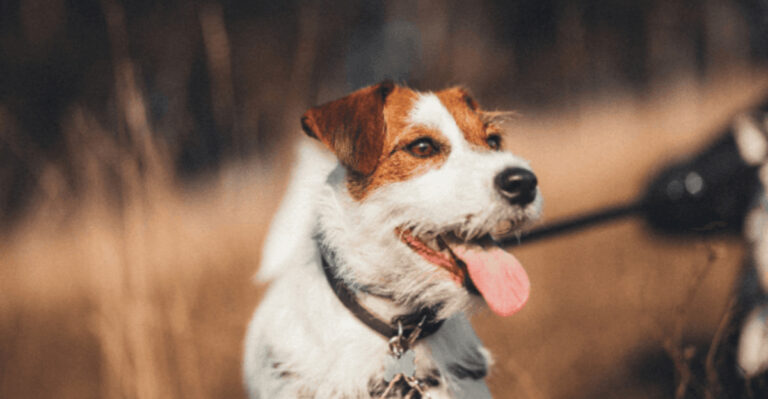12 Ways Wildlife Is Reclaiming Abandoned Urban Landscapes
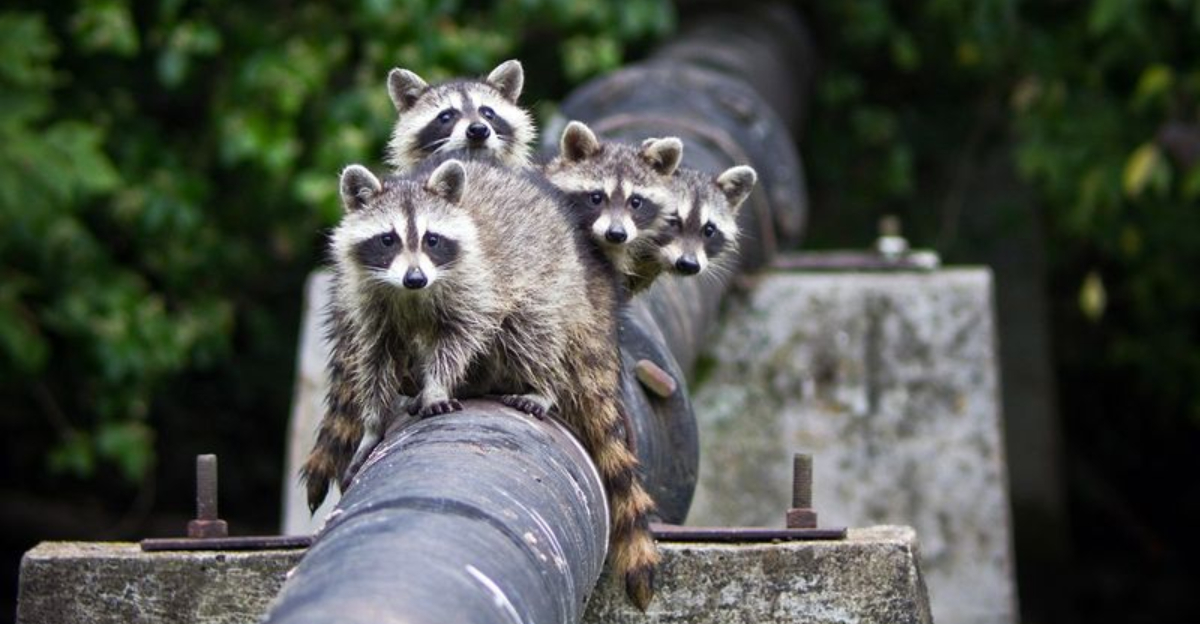
Cities around the world have pockets of forgotten spaces where humans have moved out and nature has moved in.
These abandoned urban areas, from old factories to vacant lots, become unexpected sanctuaries for wildlife seeking homes in our concrete jungles.
As buildings crumble and vegetation pushes through cracks, animals find new opportunities in these accidental wilderness zones, creating fascinating ecosystems where we least expect them.
1. Peregrine Falcons Claim Skyscraper Ledges
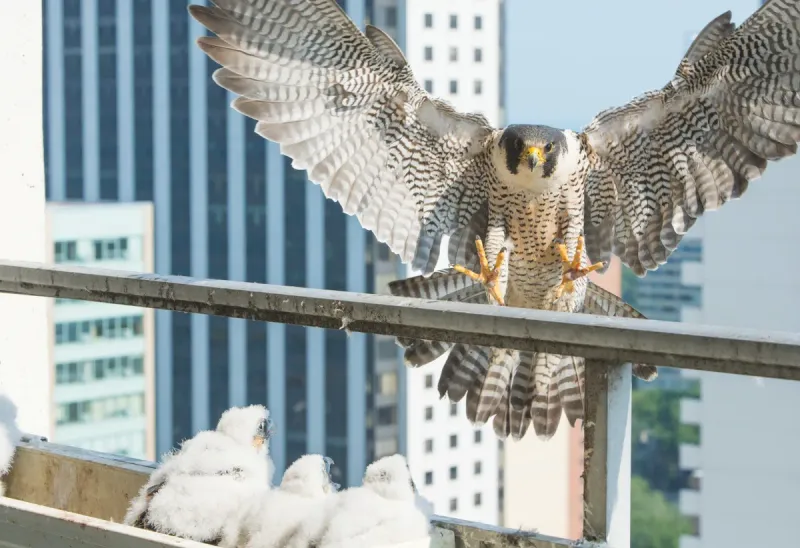
Once endangered, these magnificent birds now nest on tall buildings that mimic their natural cliff habitats. The concrete ledges provide perfect protection for raising chicks, while the urban landscape offers abundant prey like pigeons and starlings.
City officials often install nesting boxes on buildings to support these feathered residents. Their spectacular hunting dives can reach speeds over 200 mph, making them the fastest animals on Earth.
2. Foxes Establish Dens In Abandoned Factories
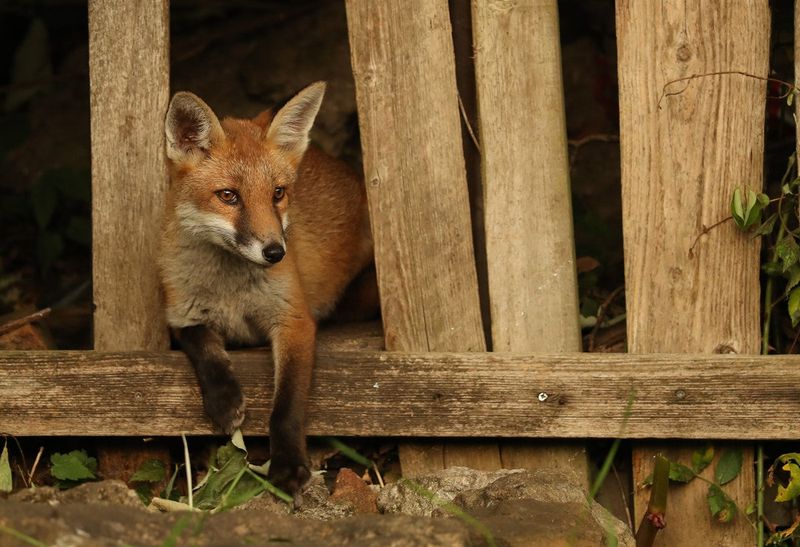
Red foxes show remarkable adaptability by creating homes in forgotten industrial spaces. They squeeze through broken windows and fence gaps to find shelter among rusting machinery and collapsed walls.
Factory yards become hunting grounds where they catch rodents and find discarded food. These clever creatures often raise their kits completely unnoticed by humans, venturing out mainly at dawn and dusk when city activity slows down.
3. Beehives Flourish In Vacant Lots
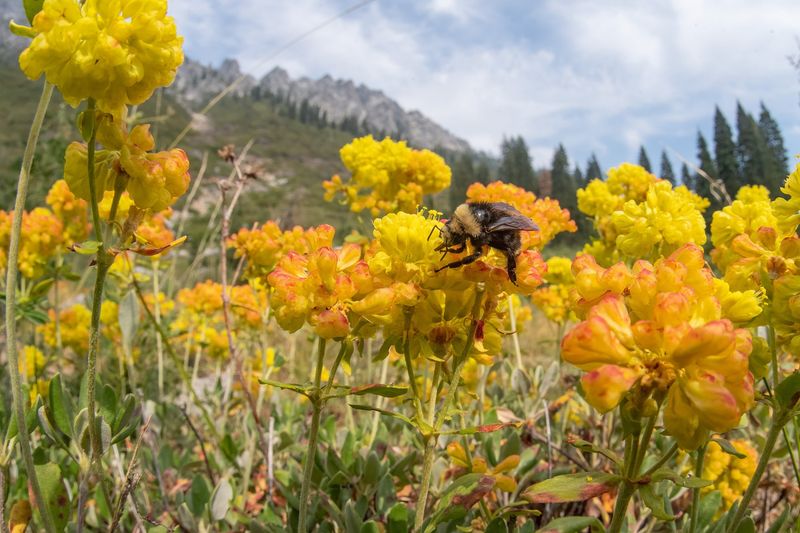
Wild honeybees transform neglected urban spaces into buzzing neighborhoods. Colonies move into hollow trees and wall cavities in abandoned buildings, creating thriving hives away from pesticides often found in rural farmlands.
The surprising variety of urban flowers provides diverse nectar sources throughout longer growing seasons. Urban honey even develops unique flavor profiles based on neighborhood plant life, reflecting the botanical fingerprint of each city section.
4. Coyotes Patrol Former Rail Yards
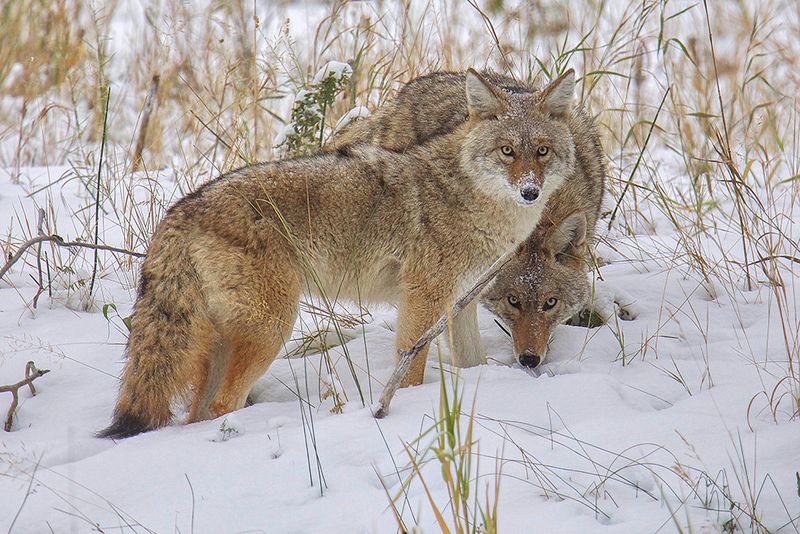
Adaptable and intelligent, coyotes have become shadow residents of abandoned transportation hubs. Old rail yards offer perfect hunting grounds with tall grasses hiding rodents and rabbits that make up their urban diet.
Railroad corridors create natural highways allowing coyotes to move through cities unseen. Many urban coyotes have learned to be completely nocturnal, avoiding human contact while benefiting from the resources our cities unintentionally provide them.
5. Osprey Build Nests On Forgotten Cranes
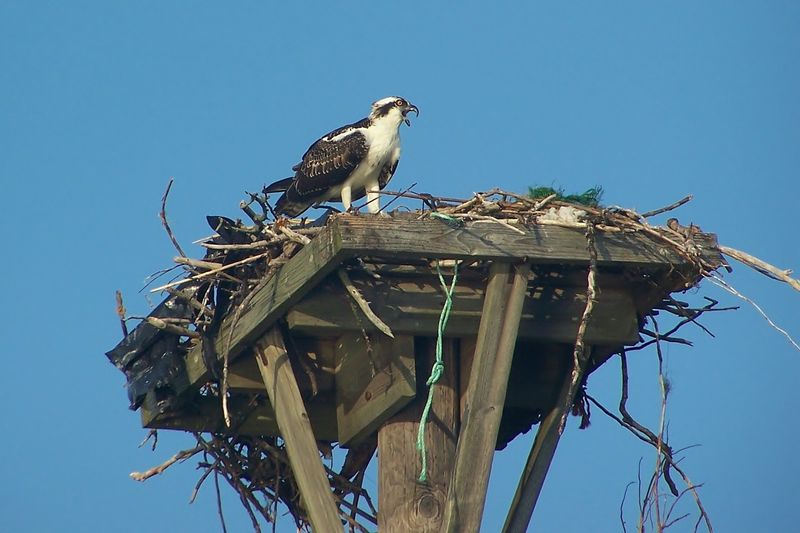
Fish-hunting osprey find perfect nesting spots atop abandoned construction equipment near urban waterways. The tall, stable structures of idle cranes mimic the dead trees these birds prefer in natural settings.
From these high perches, they can spot fish swimming in nearby harbors and canals. Some cities now install platforms on purpose-built poles to encourage these magnificent birds, whose presence indicates improving water quality in once-polluted urban rivers.
6. Bats Colony Abandoned Subway Tunnels
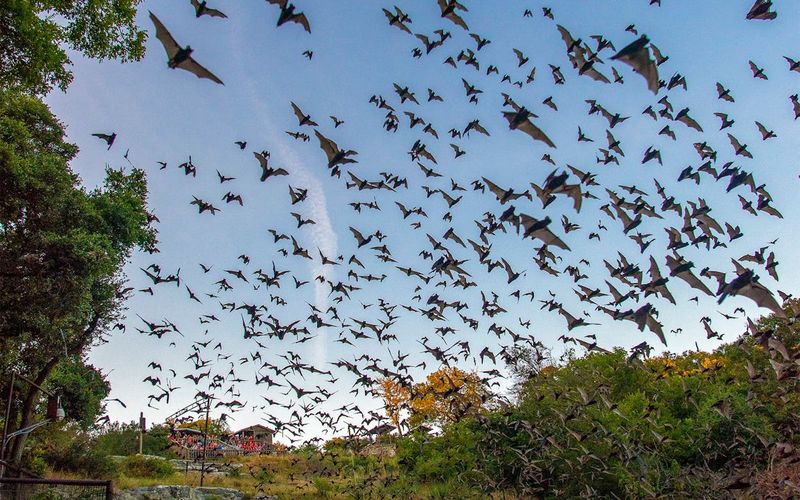
Various bat species discover perfect roosting spots in forgotten underground infrastructure. Closed subway sections and abandoned service tunnels offer consistent temperatures and protection from predators and weather extremes.
Thousands can gather in a single location, emerging at dusk to feast on mosquitoes and other insects. A colony can consume millions of bugs nightly, providing natural pest control for surrounding neighborhoods while remaining largely invisible to the human residents above.
7. Herons Fish In Forgotten Canals
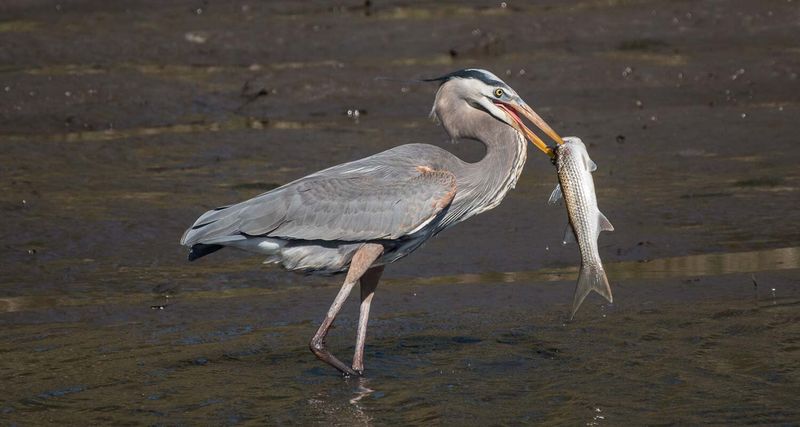
Great blue herons and their smaller cousins stake claims along neglected urban waterways. Industrial canals once too polluted for wildlife now host these patient hunters standing statue-still as they wait for fish.
Their presence signals environmental recovery in previously contaminated waters. Urban herons often become local celebrities, with residents tracking their nesting and fishing habits, creating unexpected connections between city dwellers and wildlife that shares their neighborhoods.
8. Raccoons Repurpose Abandoned Buildings
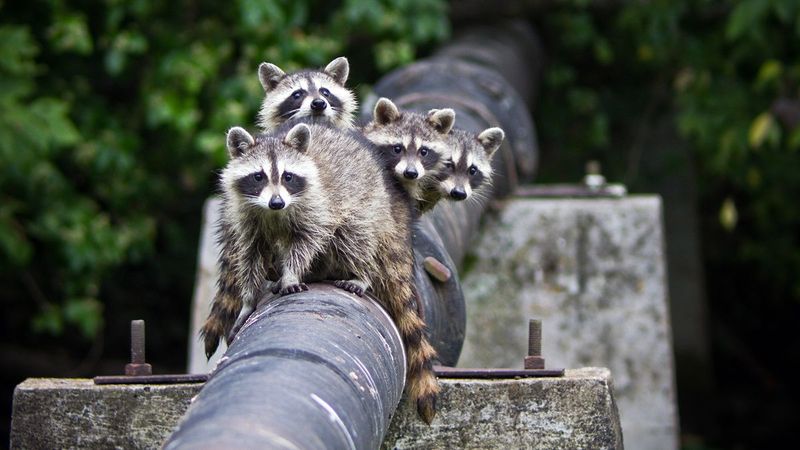
Masters of urban adaptation, raccoons turn empty structures into multi-family housing complexes. Their dexterous paws open doors and windows that would stop other animals, giving them access to sheltered spaces perfect for raising young.
A single abandoned warehouse might house several generations of raccoon families. Their intelligence allows them to solve complex problems and remember solutions, making them particularly successful at exploiting opportunities in human-altered environments even after people have moved on.
9. Deer Browse Overgrown Office Parks
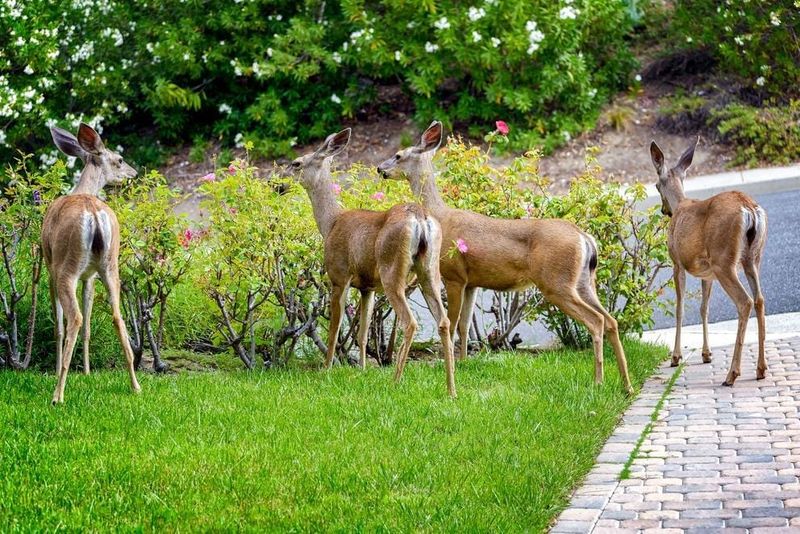
White-tailed deer venture into abandoned business districts where landscaping has grown wild. Former corporate campuses with their ornamental shrubs and untended gardens provide rich browsing opportunities away from hunters.
The absence of daily human activity allows these naturally shy animals to establish regular feeding patterns. Some urban deer populations have become so accustomed to human structures that they bed down under former loading docks or in the shelter of empty parking garages.
10. Hawks Hunt From Empty Water Towers
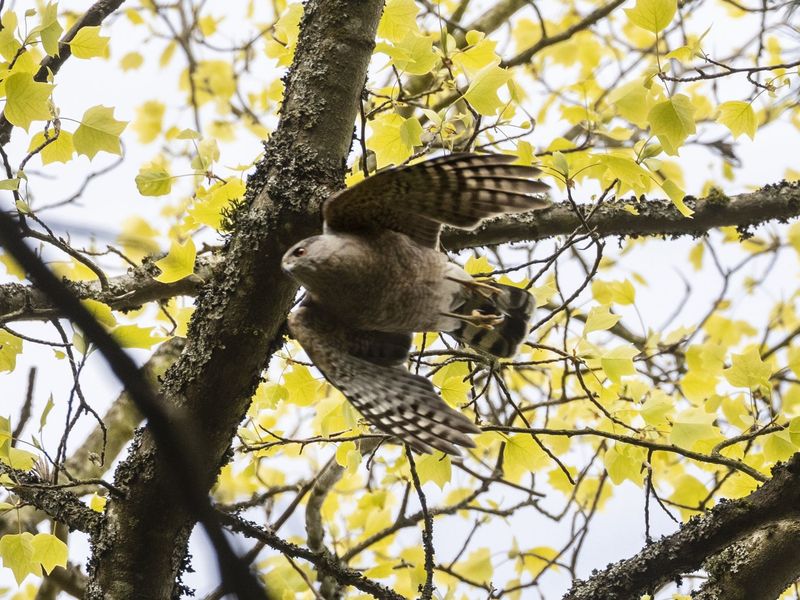
Red-tailed hawks and other raptors claim abandoned water towers as premium hunting perches. These elevated structures provide panoramic views of surrounding areas, allowing birds to spot prey movement from great distances.
The metal platforms make perfect nesting sites, safe from ground predators. Urban hawks have adapted their diets to include city wildlife like pigeons and squirrels, thriving in these human-created landscapes even after the humans have moved their operations elsewhere.
11. Turtles Inhabit Forgotten Fountains
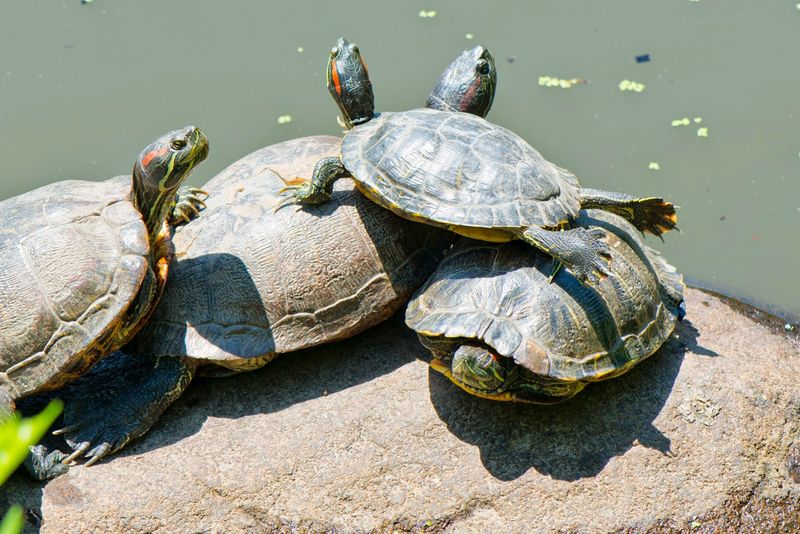
Various turtle species discover new homes in neglected water features throughout abandoned properties. Decorative ponds and fountains in former public spaces provide ideal habitats once pumps stop working and algae begins to grow.
These adaptable reptiles bask on concrete edges while feeding on insects and vegetation in the stagnant water. Some urban populations include released pets that have established breeding colonies, creating self-sustaining communities in these accidental urban wetlands.
12. Prairie Dogs Colonize Vacant Downtown Lots
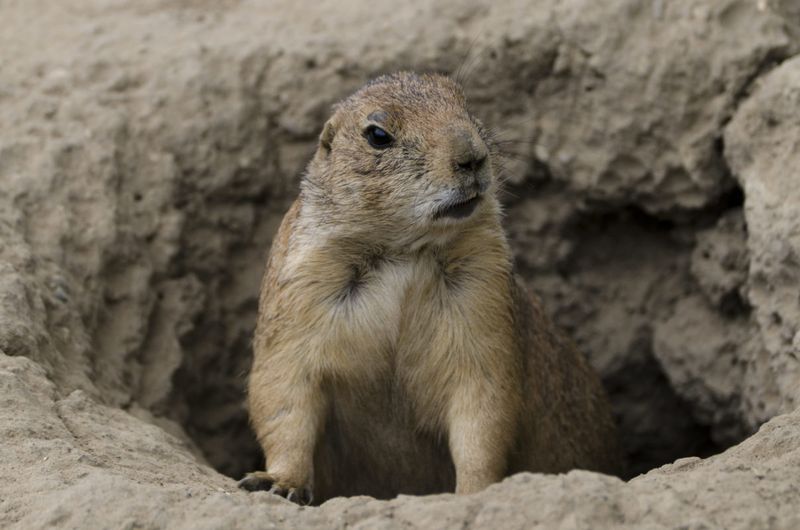
In western cities, prairie dog colonies establish complex underground towns in empty development parcels. These social rodents create elaborate tunnel systems beneath vacant lots where buildings once stood or were planned but never built.
Their constant digging aerates compacted urban soil, allowing native plants to return. Though sometimes considered pests, these keystone species create habitat for burrowing owls and other animals, forming miniature ecosystems in the heart of urban environments.

